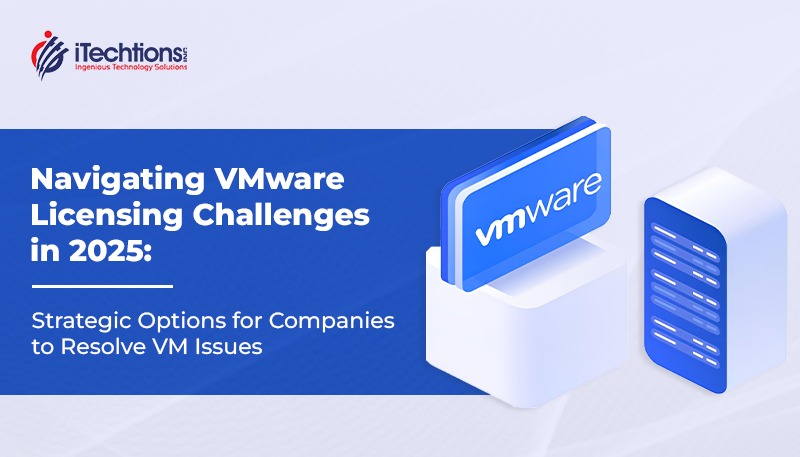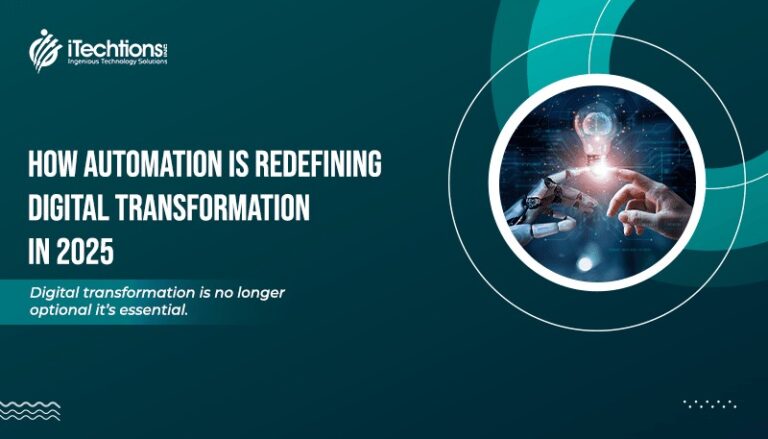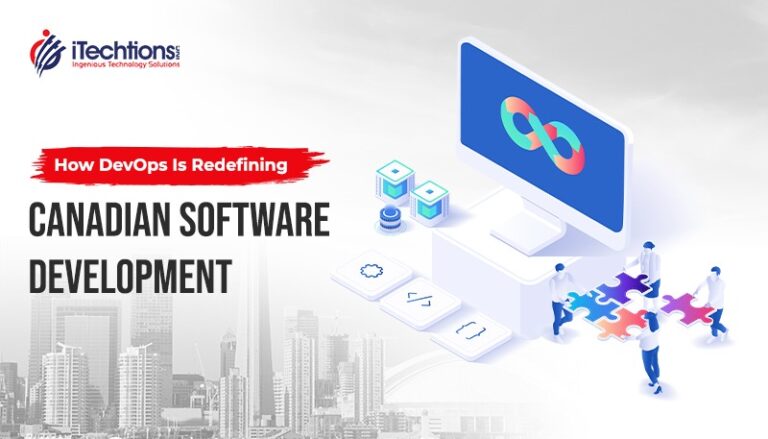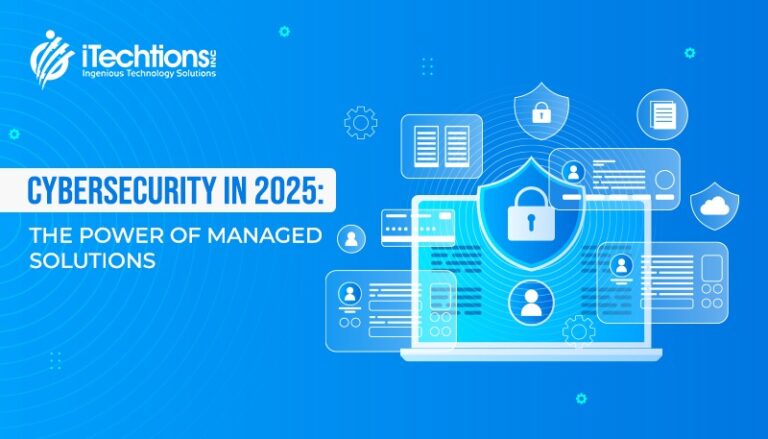Navigating VMware Licensing Challenges in 2025: Strategic Options for Companies to Resolve VM Issues
The 2023 acquisition of VMware by Broadcom has reshaped the virtualization landscape, and by 2025, the full impact is undeniable. Companies once comfortable with perpetual licenses and predictable maintenance fees now face a subscription-only model, rigid bundling, and compliance requirements that strain budgets and operational flexibility. For IT leaders, this isn’t just a pricing adjustment—it’s a strategic inflection point. The growing VMware Licensing Challenges have forced organizations to rethink renewal strategies, budgets, and modernization priorities.
With renewal cycles approaching and long-term contracts looming, businesses must act decisively to avoid overcommitment, vendor lock-in, and diverted investment from core priorities like cloud modernization, AI, and edge computing.
This blog post examines the core VMware Licensing Challenges in the current environment and presents a clear framework for resolution. From optimizing within the existing ecosystem to exploring alternative platforms and cloud-native paths, we’ll outline practical, scalable options. The goal: empower your organization to regain control, reduce risk, and align infrastructure with business outcomes.
Understanding the 2025 VMware Licensing Reality
The shift from perpetual to subscription licensing is complete. Support for legacy licenses is phasing out, and all new deployments require active subscriptions validated through cloud-connected services. This “always-on” telemetry enforces usage tracking, minimum commitments, and feature bundling—often requiring payment for components not in active use.
Key VMware Licensing Challenges include:
-
Per-core metering with minimum thresholds: Even modest environments trigger baseline commitments, leading to over-provisioning.
-
Mandatory bundles: Solutions like VMware Cloud Foundation (VCF) or vSphere Foundation combine hypervisor, networking, storage, and management tools—whether needed or not.
-
Loss of flexibility: No more perpetual ownership; costs now recur annually, shifting spend from CapEx to OpEx.
-
Compliance complexity: Mixing old and new licensing models risks audit exposure, while telemetry reports real-time usage.
These changes disrupt long-term planning. Workloads that once ran efficiently under perpetual licenses now demand reevaluation: Are they truly mission-critical? Can they be consolidated, containerized, or moved? Industry reports suggest a significant portion of VMware customers are actively planning partial or full migrations by the end of 2025, driven by total cost of ownership (TCO) concerns and a desire for greater agility.
The message is clear: inaction is not an option. But neither is panic. With the right strategy, companies can turn disruption into opportunity and resolve their VMware Licensing Challenges effectively.
Option 1: Optimize and Negotiate Within the VMware Ecosystem
For organizations deeply invested in VMware—through skills, tooling, or application dependencies—a full exit may not be immediate or practical. Instead, focus on containment and control.
Conduct a Comprehensive Audit
Begin with visibility. Use built-in reporting tools or third-party analyzers to map:
-
Active vs. idle VMs
-
Core utilization across hosts
-
Feature usage within bundles (e.g., NSX, vSAN, Aria)
-
Projected growth over the next 12–36 months
This data becomes your negotiation currency. Over-provisioned environments are common—many run at 30–50% average utilization. Rightsizing is a key tactic in managing VMware Licensing Challenges, ensuring you only pay for what you use.
Renegotiate with Leverage
Approach renewals armed with benchmarks and alternatives. Key tactics:
-
Push for shorter terms: Favor 1–2 year agreements over multi-year locks to preserve flexibility.
-
Request portability and exit clauses: Ensure workloads can move to cloud-run VMware services if needed.
-
Challenge bundle relevance: If vSAN or NSX isn’t deployed, negotiate à la carte options or credits.
-
Explore hybrid licensing: Maintain unsupported perpetual licenses for non-critical workloads while subscribing only where required.
Large enterprises with significant spend history often secure concessions—especially when signaling willingness to pilot alternatives. Even mid-sized firms can gain ground by consolidating contracts under a single enterprise agreement.
Adopt a Phased Approach
Run parallel environments during transition:
-
Keep legacy perpetual licenses (without support) for stable, low-risk workloads.
-
Subscribe selectively for high-availability or growth clusters.
This strategy buys time—typically 12 to 24 months—while preserving ecosystem knowledge and minimizing disruption. It’s ideal for risk-averse organizations or those with regulatory hurdles to platform change.
Option 2: Transition to Alternative On-Premises Hypervisors
For many, the long-term answer lies outside VMware entirely. The open and proprietary alternatives market has matured significantly, offering robust, cost-effective platforms with strong migration pathways. Transitioning is one of the most practical solutions to mitigate VMware Licensing Challenges in 2025.
Leading Alternatives
-
Microsoft Hyper-V: Tightly integrated with Windows Server, it supports live migration, high availability, and Azure hybrid scenarios.
-
Proxmox VE: An open-source solution combining KVM and LXC, it delivers enterprise-grade clustering, backup, and storage via a modern web interface.
-
Nutanix AHV: Built into Nutanix’s hyperconverged infrastructure, AHV eliminates separate hypervisor licensing.
-
KVM-based platforms (oVirt, OpenStack): Offer full control and scalability, especially in Linux-heavy or DevOps-driven environments.
- XCP-ng: A community-driven fork of Citrix Hypervisor, it provides vSphere-like functionality with open governance and commercial support options.
Migration Framework
Successful transitions follow a structured playbook:
-
Pilot with non-production workloads (dev, test, internal tools).
-
Export VMs via OVF/OVA or use conversion utilities (e.g., Microsoft MVMC, StarWind V2V).
-
Validate application compatibility—especially for stateful apps or those using VMware-specific APIs.
-
Train teams incrementally—many platforms offer intuitive UIs that reduce the learning curve.
-
Run in parallel during cutover, using replication or failover mechanisms.
The benefits extend beyond licensing: predictable cost models, no forced bundles, and freedom to innovate with open ecosystems. While initial effort is required, most organizations report full ROI within 18–24 months.
Option 3: Accelerate Cloud-Native and Hybrid Virtualization
Cloud providers have seized the moment, offering VMware-compatible and native virtualization services that bypass on-premises licensing entirely. Adopting cloud solutions also helps organizations overcome VMware Licensing Challenges while future-proofing infrastructure.
VMware in the Cloud
-
Azure VMware Solution (AVS)
-
AWS Elastic VMware Service
-
Google Cloud VMware Engine
Native Cloud Alternatives
-
Azure Virtual Machines + Azure Arc
-
AWS EC2 with Nitro
-
Google Compute Engine
Hybrid management tools like Azure Arc or AWS Outposts bridge on-prem and cloud, enabling unified policy, security, and monitoring.
When Cloud Makes Sense
Prioritize cloud for:
-
Variable or seasonal workloads
-
Disaster recovery and burst capacity
-
Teams adopting DevOps or Kubernetes
-
Environments targeted for eventual containerization
The result: elastic scaling, reduced hardware refresh cycles, and freedom from hypervisor vendor policies.
Building Your Resolution Roadmap
Every organization’s path is unique, but successful strategies share common principles:
|
Step |
Action |
|
1. Assess |
Audit current state: VMs, licenses, utilization, dependencies |
|
2. Model |
Build TCO scenarios for stay, migrate, or hybrid paths |
|
3. Pilot |
Test one cluster or workload domain in the target environment |
|
4. Plan |
Define migration waves, training, and rollback procedures |
|
5. Execute |
Move methodically; monitor performance and cost |
|
6. Optimize |
Continuously rightsize and modernize post-transition |
Engage partners early—many offer assessment workshops, proof-of-concept support, and financing options. Community forums and user groups provide real-world insights from peers who’ve navigated the same transition.
For expert guidance, connect with iTechtion’s Cloud and Virtualization Services team to evaluate your options and overcome your VMware Licensing Challenges efficiently.
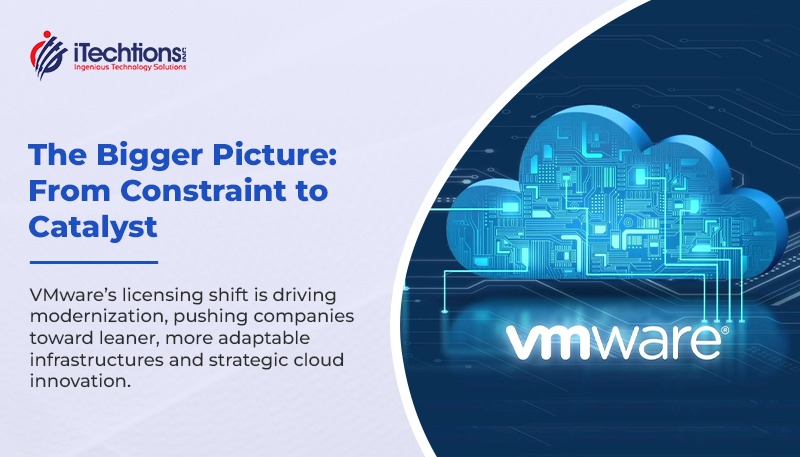
The Bigger Picture: From Constraint to Catalyst
VMware’s licensing evolution is more than a financial challenge—it’s a forcing function for modernization. Companies that treat it as such emerge stronger: leaner infrastructure, diversified platforms, and teams skilled in multi-hypervisor and cloud operations.
The organizations thriving in 2025 aren’t lamenting the loss of perpetual licenses—they’re building resilient, adaptable architectures that align technology with strategy. Whether you negotiate a better deal, embrace open-source innovation, or leap to the cloud, the power to choose is yours.
Learn more about the latest VMware Licensing Challenges and modernization strategies at VMware’s official site.


